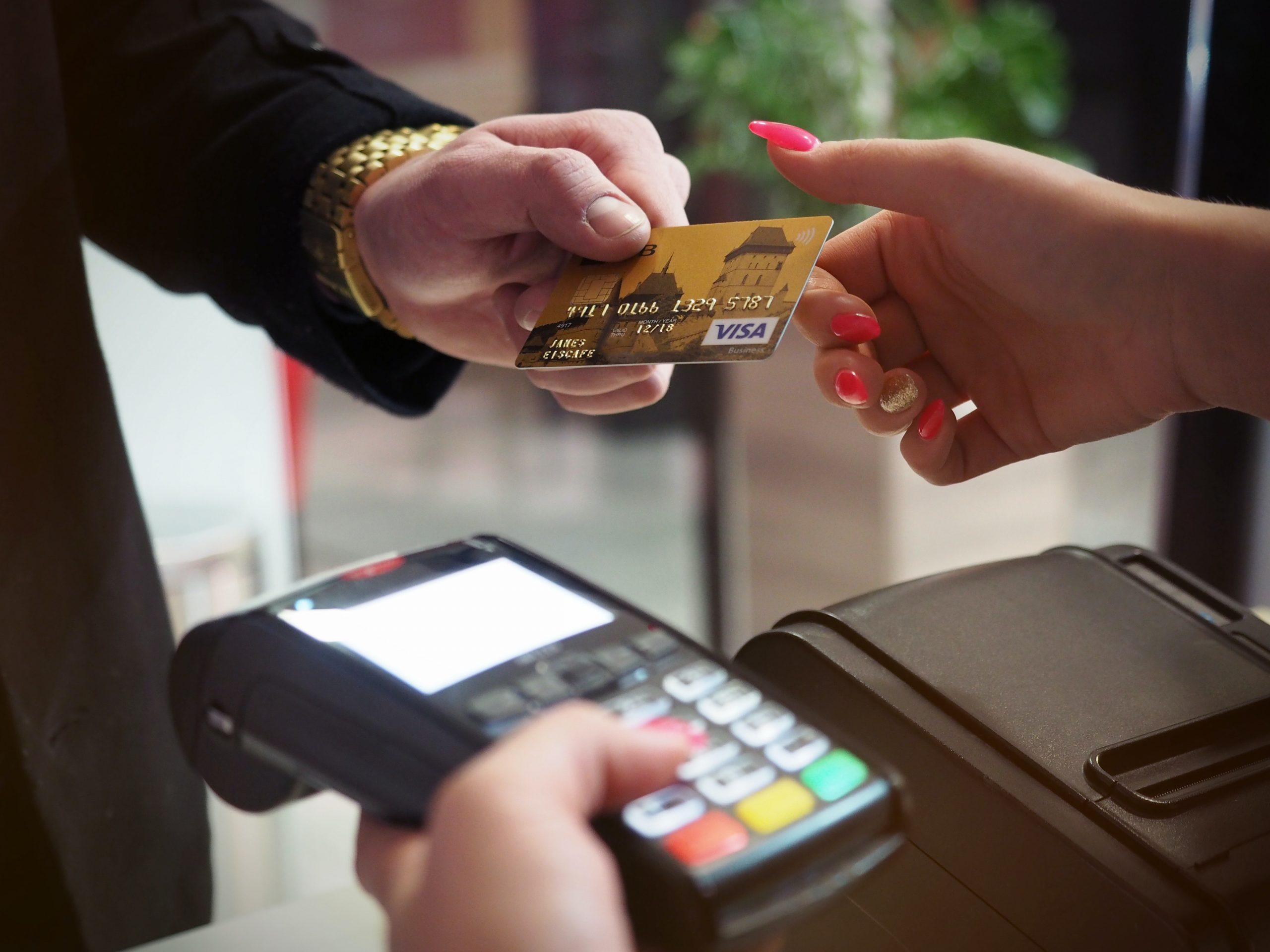Credit cards are not just convenient. They’re also an important part of establishing a healthy financial profile. Using credit cards judiciously, selectively and responsibly is a major component of building good credit, which can ultimately qualify you to make larger purchases like a car or home.
Not only that, but many credit card offers come with great opportunities for savings as well as an array of perks and benefits like frequent flier miles and cash-back points on all purchases. In spite of these benefits, credit cards can also be dangerous when wielded incorrectly.
Using credit cards frivolously, excessively or without discretion can damage your credit rating, leave you swamped in debt, bury you in interest payments, and even disqualify you from making important major purchases such as those cited here above.
If you are new to the world of credit purchasing, I would advise that you begin with a look at the Biggest Oversights First-Time Credit Card Users Make.
For those who aren’t necessarily new to credit cards but could use a bit of a crash course in best practices, read on. And don’t feel bad. These are common mistakes that many consumers make, even those with a long history of credit card use. But it’s never too late to start using your credit card(s) responsibly. You can start by avoiding these 10 Common Credit Card Mistakes.
1. Failing to Comparison Shop
The very first step in responsible credit card usage is finding a card offer that actually suits your needs. Your existing credit background will play a part in determining the offers for which you are eligible. Your history of credit spending and payment, as well as your overall credit score, will help to determine both the credit limit for which you qualify and the interest rate you’ll be required to pay on spending.
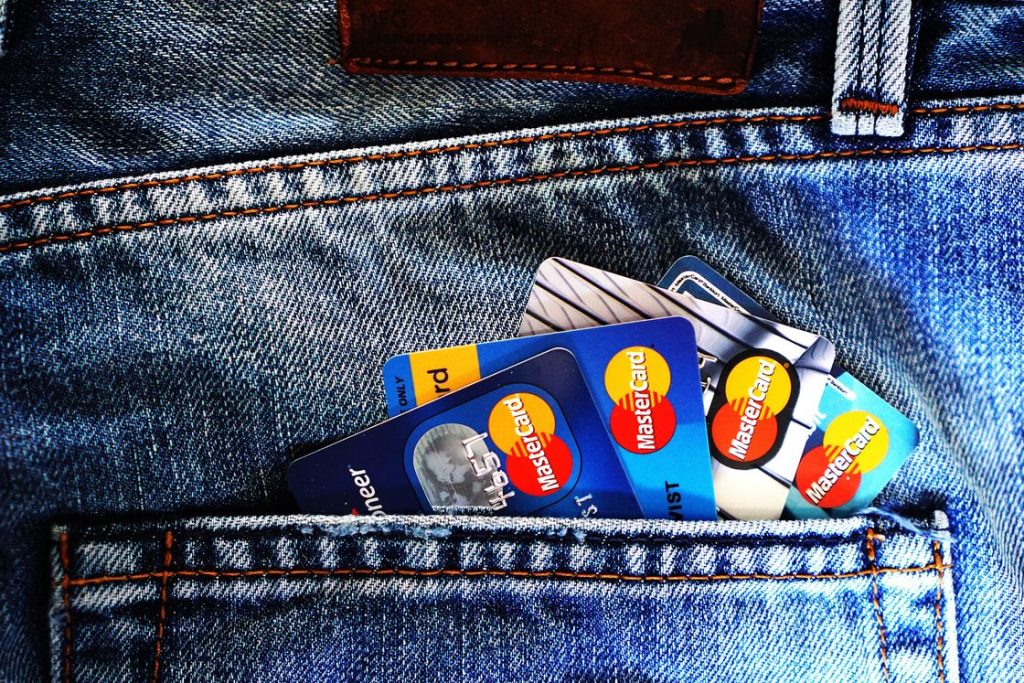
With hundreds of potential credit card offers available to you, the best way to narrow down your choices is to first determine exactly how you plan to use this card. Citizens Advice suggests that if you plan to use your card for regular purchases while paying off your full balance each month, your long term interest rate won’t be of major consequence.
In that case, you might want to seek out cards that specialize in discounts, benefits, and cash-back offers. On the other hand, if you plan to use this card to pay off big purchases like hotel stays, flights, or major appliances over time, you may want to choose from cards with low interest rates (especially those with an introductory rate of 0% APR).
Once you’ve narrowed your selections down based on your intended use, pick three or four offers and compare them across a few basic specs including the Annual Percentage Rate (APR); the annual fee for card usage; any additional charges or fees that might be incurred through regular usage; special offers regarding introductory or long-term interest rates; and loyalty points or rewards like travel discounts, frequent flier miles, and cash back on spending.
Make sure you consider all of your options. This puts you in the best position to secure an offer that matches your needs and financial goals.
2. Carrying a Balance
Ideally, you would only use your credit card when you are in a position to pay off your balance in full during the next billing cycle. It is a popular misconception that carrying a balance forward can help to build positive credit.
According to CNBC, “One of the biggest credit score myths is that carrying a balance on your credit card improves your credit. In fact, 22% of Americans carried a balance thinking it would increase their credit score.”
This is not accurate. The reality is that a lower balance is always better, and a zero balance is best. Carrying a balance from month to month can have two negative consequences. First, sustaining a balance can negatively impact what is known as your credit utilization ratio. This is the total sum of your debt in proportion to your total available spending limit.
The lower credit utilization ratio, the better your credit is likely to be. To the contrary, the more of your available credit that you are currently using, the lower your credit score will be.
In fact, CNBC notes that those consumers who are considered “high-achieving” credit users typically carry a balance equal to no more than 7% of their available credit. Not only that, but any balance you carry will result in higher interest payments. If your balance is high enough, those interest payments will very quickly eclipse any discounts, benefits or rebates you might enjoy as a cardholder.
3. Reaching Your Credit Limit
While I advise paying off your balance in full here above, I also recognize that this is not always possible. Indeed, the very reason you open a credit card may be to provide yourself with some financial flexibility as you pay for big ticket items.
But if you must carry a balance, you should do so with a clear sense of your credit limit. This is the maximum sum of your borrowing power, and while you have full access to that amount, it is never advisable to “max out” your credit card.
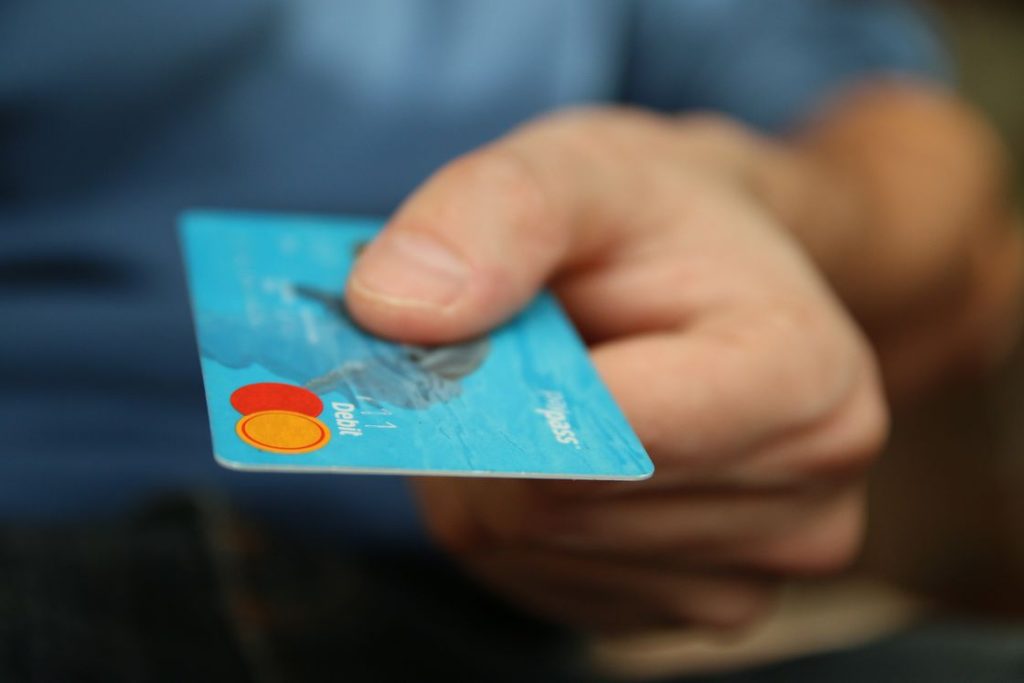
Using the full amount of your credit limit can damage your credit score and result in high interest payments. Once again, this is because, according to Capital One, “a portion of your credit score depends on the amount of credit you’re using compared with what you have available.
This is known as your credit utilization ratio. According to the CFPB, getting close to your credit limit could hurt your credit scores. They say experts advise against using more than 30% of your total credit limit—across all accounts.”
If you absolutely must use a credit card to make a large purchase, inquire about raising your credit limit. Raising the ceiling on what you are eligible to borrow can improve your credit utilization ratio. But of course, you should only raise your credit limit with caution. Don’t treat this as a license to grow your balance. The goal is to improve your credit score, not to promote more credit card spending.
4. Making Minimum Payments
Don’t misunderstand me. You should absolutely make the minimum payment every month, at least! But you should also always pay more than the minimum. Nerdwallet points out that making the minimum payment on your credit card balance each month will help to keep your account in good standing and it will prevent you from incurring any late fees.
But that, says Nerdwallet, is literally all you will accomplish by paying only the minimum. Unfortunately, you will likely make little to no progress on cutting down your debt or avoiding the incursion of interest fees.
Indeed, with a high enough balance, your minimum payment will likely be eclipsed by new interest charges in the coming month. In other words, even as you make payments, your balance may grow faster than you can shrink it.
Of course, if you’re in a financial pinch and you need to pay the minimum for a month or two while you catch up on finances, it’s certainly much better than missing payments or making late payments. On the other hand, it’s not an effective long-term strategy for managing your credit cards.
5. Using a Credit Card for Everyday Shopping
It’s easy to rack up credit card debt when you use your card too liberally. You’ll usually want to avoid using your card for routine purchases like groceries, household items, and clothing. For modest purchases that should fall within the range of your monthly household budget, paying with a credit card may expose you to further interest payments.
In other words, using a credit card may make the very same carton of eggs, gallon of milk, and package of paper towels cost more than it might have if you’d simply used cash.
You should really only use a credit card for this type of routine shopping if you stand to earn benefits, loyalty points, discounts or cash back, and, once again, only as long as you plan on paying off the full balance immediately. Outside of these circumstances, reserve your credit card specifically for the kinds of purchases that either earn you rewards or provide you interest-free introductory repayment as you take on larger purchases.
6. Ignoring Your Billing Statements
Every month, your credit card company will send you a statement either in your email box, a paper envelope, or both. You’re probably not expecting any surprises in that statement. In fact, you may breeze right by it on the way to paying your monthly bills. This is a mistake. You should always read this statement.
First and foremost, this is the best way to ensure that you’re always making payments on time and in the proper amount. But you should also be aware that certain terms may be subject to change including your actual payment due date. You’ll also find information regarding the expiration of any existing offers or introductory APR rates, which can provide important warning that your rates may soon be going up.
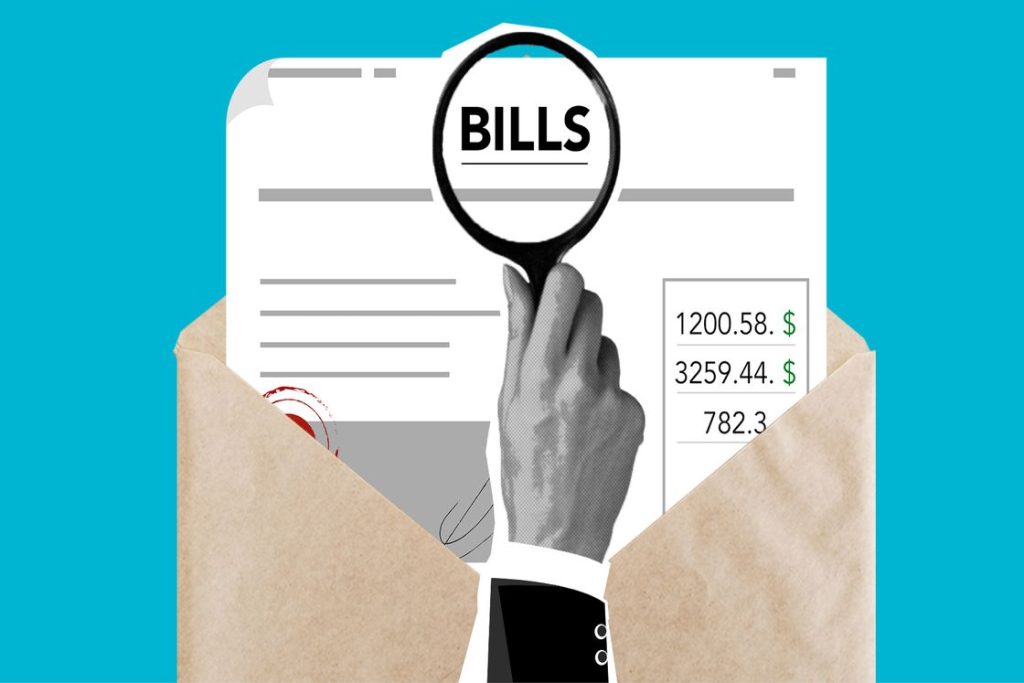
On the other side of the coin, a good credit spending and payment history may result in a spontaneous increase in your credit limit. You’ll want to check your monthly statement to spot this kind of change.
Not only that, but according to The Balance, “Your billing statement is often the first alert to any fraudulent activity on your account. Always read your billing statement, if only to make sure that all the charges are accurate and that payments have been applied to your account correctly.” Catching mistakes or fraud before they can spiral into full-blown identity theft can save you a lot of time, money, and damaged credit.
7. Using Cash Advances
A lot of credit card offers include two separate interest rates and credit limits on borrowing: one for spending on purchases and another for taking out cash advances at an ATM or, in some cases, through a bank teller or check by mail. In almost all cases, the latter service will come with a lower credit limit, a much higher interest rate, and an array of added fees.
According to Value Penguin, “An analysis of the credit cards in the database found the average APR on a cash advance is around 25%. This is significantly higher than the minimum purchase APR which averages between 12.85% and 15.99%.”
And unlike purchases which can be paid off instantly at no additional cost, your cash advance will likely carry an immediate and fairly hefty processing charge–as much as roughly $75 on a $1500 advance, estimates Value Penguin.
A cash advance is something you should really only consider if you’re truly in a tight spot. And even then, you’d be much better off borrowing the money from a trusted friend or family member. When it comes to cash advances on your credit card, if it can be helped, just don’t do it.
8. Opening Too Many Credit Cards
Investopedia notes that opening multiple credit cards is something of a mixed bag. That’s because there are both risks and benefits to opening multiple credit cards. The obvious pitfall is that carrying a large number of credit cards inherently increases your risk of amassing a large amount of credit debt.
On the other hand, you can also lower your credit utilization ratio by raising your overall credit ceiling, which can be done by opening additional credit cards.
In other words, under the right circumstances, taking on a new credit card offer can ultimately improve your credit rating. And with countless credit card offers available on the market—each with its own perks and reward programs—many consumers hold various credit cards for different purposes.
This is why, says Investopedia, “An Experian report from the third quarter (Q3) of 2020 shows that the average American now holds 3.84 credit cards. That figure is down 4% from 2019, and it follows a pattern of U.S. consumers shedding credit card debt as the coronavirus pandemic spread financial uncertainty.”
In spite of that uncertainty, most Americans still find value in holding numerous credit cards. Simply be sure that you choose your offers according to your needs and that you keep your spending under control across all accounts.
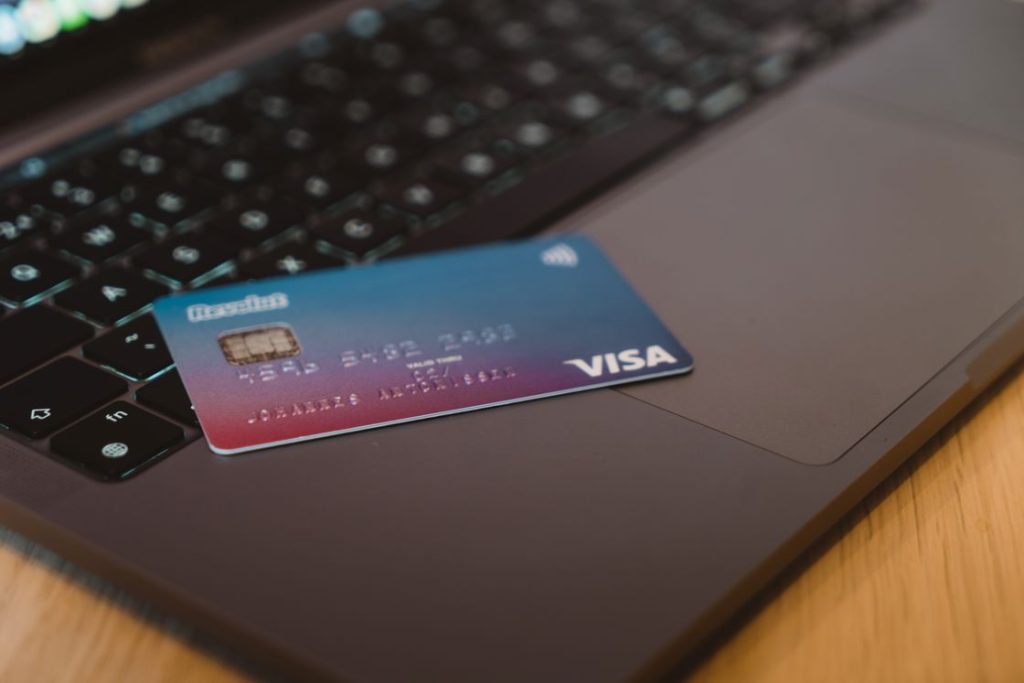
9. Closing Credit Cards
Just as with taking on new credit card offers, closing credit cards is something that you must do judiciously and with a full understanding of both the risks and the benefits. While closing a dormant credit card account isn’t inherently negative for your credit rating, it can cause some peripheral damage to your score.
This is because closing a credit card removes that card’s credit limit from your overall credit limit. If you carry balances anywhere on your credit report, this would raise your overall credit utilization rate and would consequently lower your credit score.
Another factor to consider is the length of your credit history. While you may be tempted to go back and eliminate dusty old accounts that you haven’t used in years, Bankrate warns that “The length of your credit history accounts for 15 percent of your FICO credit score.” If closing an account would shorten that history, it’s probably not worth doing.
On the other hand, if neither of these factors applies to your situation, it may be advisable to close dormant cards, especially those that carry annual fees or processing charges simply for remaining open.
10. Failing to Report Lost or Stolen Card
Identity theft is a real and serious problem, one that can damage your credit rating, cost you money, and result in a major hassle as you wrangle various bureaucracies in an effort to get your affairs back in order. Obviously, losing your credit card is a pretty easy way to fall victim to this crime.
The good news is that it’s extremely easy to contact your credit card company and report the card missing. Your card will be immediately canceled, any suspicious purchases will be flagged, and a new card will be issued to you. But the sooner you get on it, the better your odds of protecting yourself from would-be malicious actors.
Even if your “lost card” does ultimately turn up in the couch cushions, it’s still much easier to replace your card than to untangle a web of fraudulent purchases and repair a credit rating damaged by identity theft. If your card is missing, don’t delay in reporting it.
Conclusion
It’s already too late, you say? You’ve made every single one of these mistakes, and all pretty recently too? Well, fear not. It’s never too late. Improving your credit using cards will certainly take time, hard work, and patience. But it can absolutely be done. There’s never a better time to start than right now.
